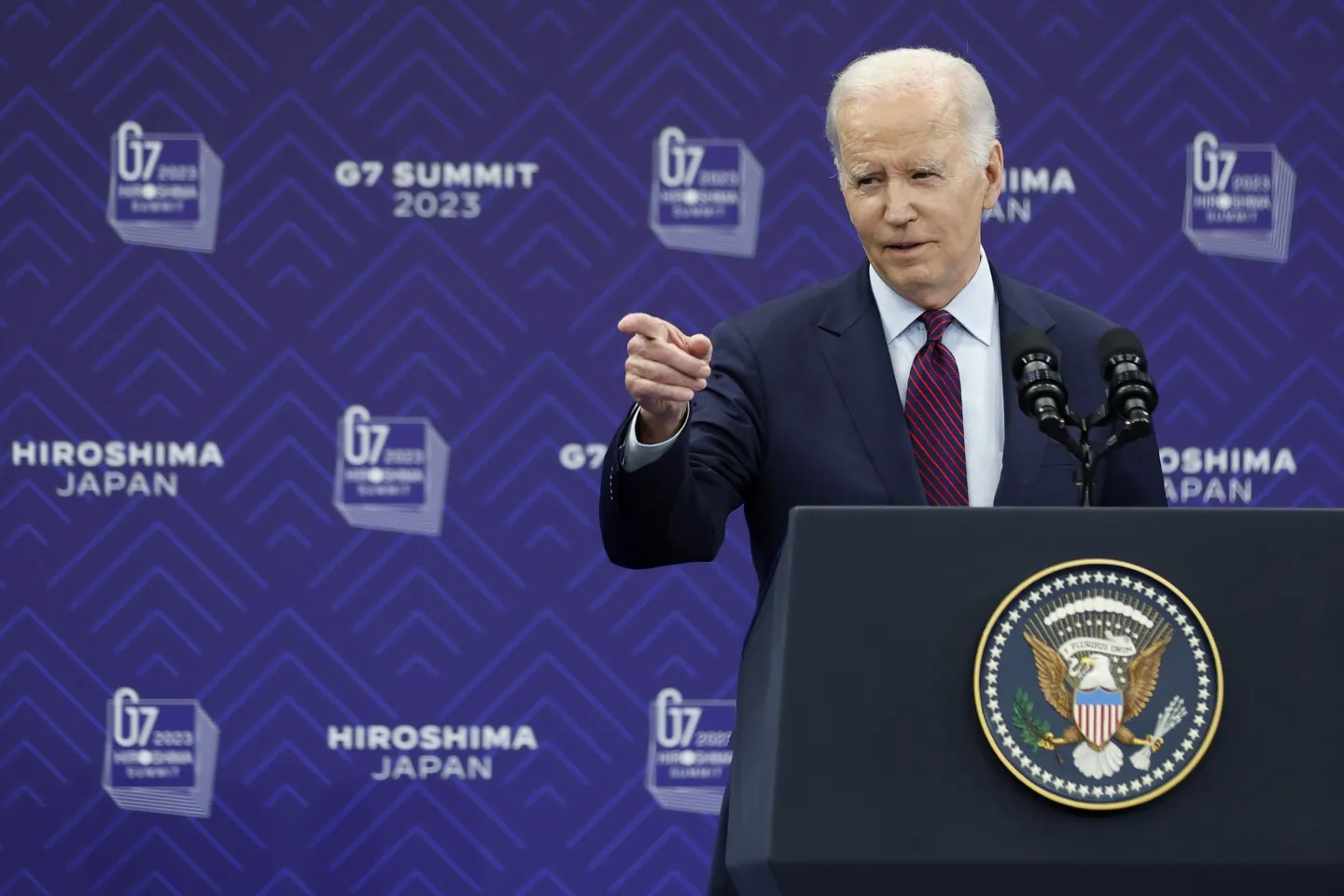The Congressional Budget Office projects increasing deficits for the US by 2034 due to rising national debt, compounded by an aging population and escalating healthcare costs, amidst differing proposals from President Biden and former President Trump on fiscal policies.
US Faces Growing Financial Challenges Despite Biden’s Deficit Reduction Plans
According to the article of the Independent, the Congressional Budget Office (CBO) recently projected that the United States will face increasing financial challenges, with deficits expected to grow substantially by the end of 2034. This outlook highlights the pressure on lawmakers as they deal with a rising national debt, driven by an aging population, higher healthcare costs, and the need to fund programs like Social Security and Medicare. Despite President Joe Biden‘s claims of reducing deficits, borrowing went up in 2023 and is predicted to rise further this year, despite his administration’s plan to cut the deficit by $3 trillion over the next decade and increase tax revenues by $4.9 trillion.
Former President Donald Trump, currently campaigning for the 2024 presidential election, has put forward plans for further tax reductions, including a decrease in the corporate tax rate that he previously lowered while in office. Critics, such as the Committee for a Responsible Federal Budget, approximate that Trump’s policies, whether through legislative measures or executive actions, contributed approximately $8.4 trillion to the national debt over a decade. CEO of the Peter G. Peterson Foundation cautioned that elevated interest rates might escalate interest expenses on the current national debt, potentially triggering an unsustainable cycle of borrowing.
READ ALSO: $50 Billion In Lost Revenue: Treasury Targets Tax Loophole For High-Net-Worth Individuals And Partnerships

$8.4 Trillion in National Debt: Will Rising Fiscal Challenges Sink the US Economy? (PHOTO: Fortune)
Critical Fiscal Deadlines Loom as US Faces Key Economic Decisions
In the coming year, America faces critical fiscal deadlines, including decisions on the national debt limit, tax cuts, healthcare subsidies, and government spending caps. These decisions will heavily influence the nation’s economic direction and its ability to manage long-term financial obligations effectively.

















































